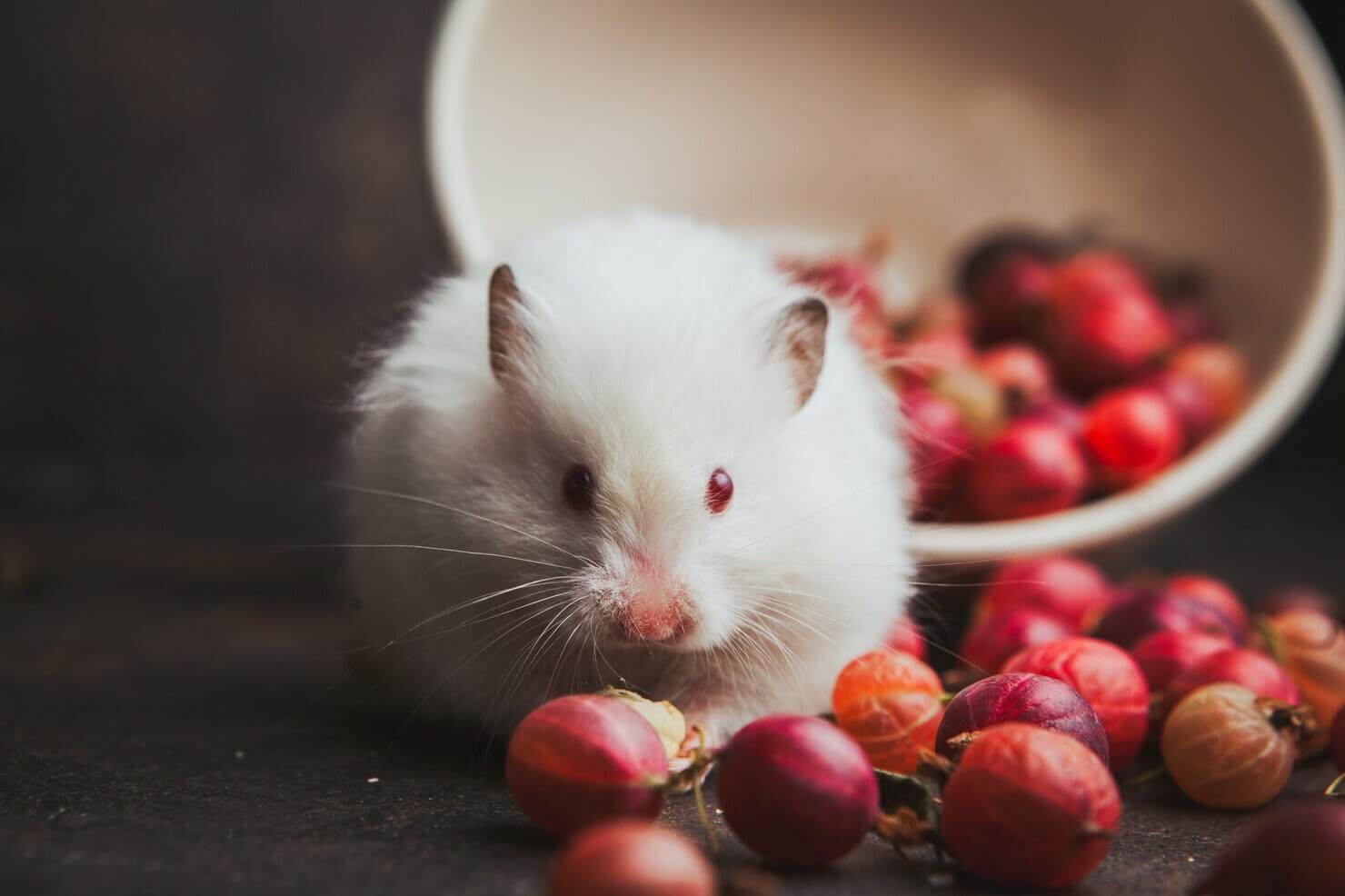Hamsters are popular and endearing small pets known for their tiny size, fluffy appearance, and playful personalities. If you’re considering getting a hamster as a pet, it’s important to choose the right breed that matches your preferences and lifestyle. This guide will help new hamster owners make an informed decision when selecting the perfect hamster breed.
Understanding Hamster Breeds
There are several hamster breeds commonly kept as pets, each with its own unique characteristics, size, and care requirements. It’s crucial to familiarize yourself with these breeds before making your choice.
1. Syrian Hamster (Golden Hamster)
- Size: Syrian hamsters are the largest among pet hamster breeds, reaching up to 6-7 inches (15-18 cm) in length.
- Appearance: They have a golden-brown coat with a distinctive dorsal stripe.
- Behavior: Syrian hamsters are solitary creatures and should be housed alone to prevent aggression. They are known for their friendly and docile nature, making them excellent pets for beginners.
- Lifespan: On average, Syrian hamsters live for about 2-3 years.
2. Dwarf Hamster (Campbell’s Dwarf Hamster and Winter White Dwarf Hamster)
- Size: Dwarf hamsters are much smaller than Syrian hamsters, typically measuring 2-4 inches (5-10 cm) in length.
- Appearance: They come in various coat colors, including gray, brown, and white, with some having unique patterns.
- Behavior: Dwarf hamsters are social animals and can often be kept in pairs or small groups if introduced at a young age. They are active and enjoy running on wheels and exploring.
- Lifespan: On average, dwarf hamsters have a lifespan of 1.5-2 years.
3. Roborovski Hamster
- Size: Roborovski hamsters are the smallest among pet hamster breeds, typically measuring 2 inches (5 cm) or less in length.
- Appearance: They have a sandy-brown coat with a distinctive white face mask and no dorsal stripe.
- Behavior: Roborovski hamsters are incredibly active and fast, making them a challenge to handle. They are best suited for observation rather than frequent handling.
- Lifespan: These tiny hamsters can live for 3-4 years with proper care.
4. Chinese Hamster
- Size: Chinese hamsters are slightly larger than dwarf hamsters, averaging around 4-5 inches (10-13 cm) in length.
- Appearance: They have a grayish-brown coat with a black dorsal stripe running down their back.
- Behavior: Chinese hamsters are generally gentle and can be kept in same-sex pairs or small groups. They are known for their agility and enjoy climbing.
- Lifespan: Chinese hamsters typically live for 2-3 years.
Choosing the Right Hamster Breed
Now that you have a basic understanding of the most common hamster breeds, it’s time to choose the right one for you. Consider the following factors:
1. Size and Space
- If you have limited space, such as a small apartment, a smaller breed like a dwarf hamster may be more suitable.
- Larger breeds like Syrian hamsters require more significant cages and exercise space.
2. Activity Level
- If you’re looking for an active, entertaining pet that enjoys exploration and exercise, consider a dwarf hamster or Chinese hamster.
- If you prefer a more docile and easygoing pet that is less active, a Syrian hamster may be a better choice.
3. Social Nature
- Decide whether you want a solitary hamster or one that can be housed in pairs or small groups. Syrian hamsters are solitary, while dwarf hamsters and Chinese hamsters can be social.
4. Lifespan
- Consider the commitment required. Syrian hamsters have a longer lifespan, so be prepared for a potentially longer-term pet.
5. Handling and Interaction
- Think about how often you want to handle your hamster. If you want a pet that enjoys being held and handled, a Syrian hamster or a well-socialized dwarf hamster may be a better fit.
- If you prefer to observe your pet and minimize handling, a Roborovski hamster or a Chinese hamster might be more suitable.
6. Appearance
- Some people are drawn to specific coat colors or patterns, so choose a breed that appeals to your aesthetic preferences.
Important Considerations
Regardless of the breed you choose, there are essential care considerations for all hamsters:
1. Cage Size: Invest in a spacious cage with proper ventilation and space for exercise. Provide toys, tunnels, and a wheel for mental and physical stimulation.
2. Diet: Feed your hamster a balanced diet of commercial hamster food, fresh vegetables, and occasional treats. Fresh water should always be available.
3. Bedding: Choose safe and absorbent bedding material for the cage bottom, such as aspen shavings or paper-based bedding.
4. Socialization: Spend time bonding with your hamster through gentle handling and interaction. Ensure they are comfortable with human contact.
5. Healthcare: Schedule regular veterinary check-ups and be vigilant for signs of illness or discomfort.
6. Environment: Keep the cage in a quiet, draft-free area away from direct sunlight and extreme temperatures.
Conclusion
Choosing the right hamster breed is a crucial step in ensuring a happy and fulfilling pet ownership experience. Consider your living space, activity level, and desired level of interaction when making your decision. Regardless of the breed, responsible care, attention, and love will result in a rewarding and enjoyable relationship with your furry little friend.
Remember that each hamster has its own unique personality, so take the time to get to know your pet and provide them with the care and attention they need to thrive.



